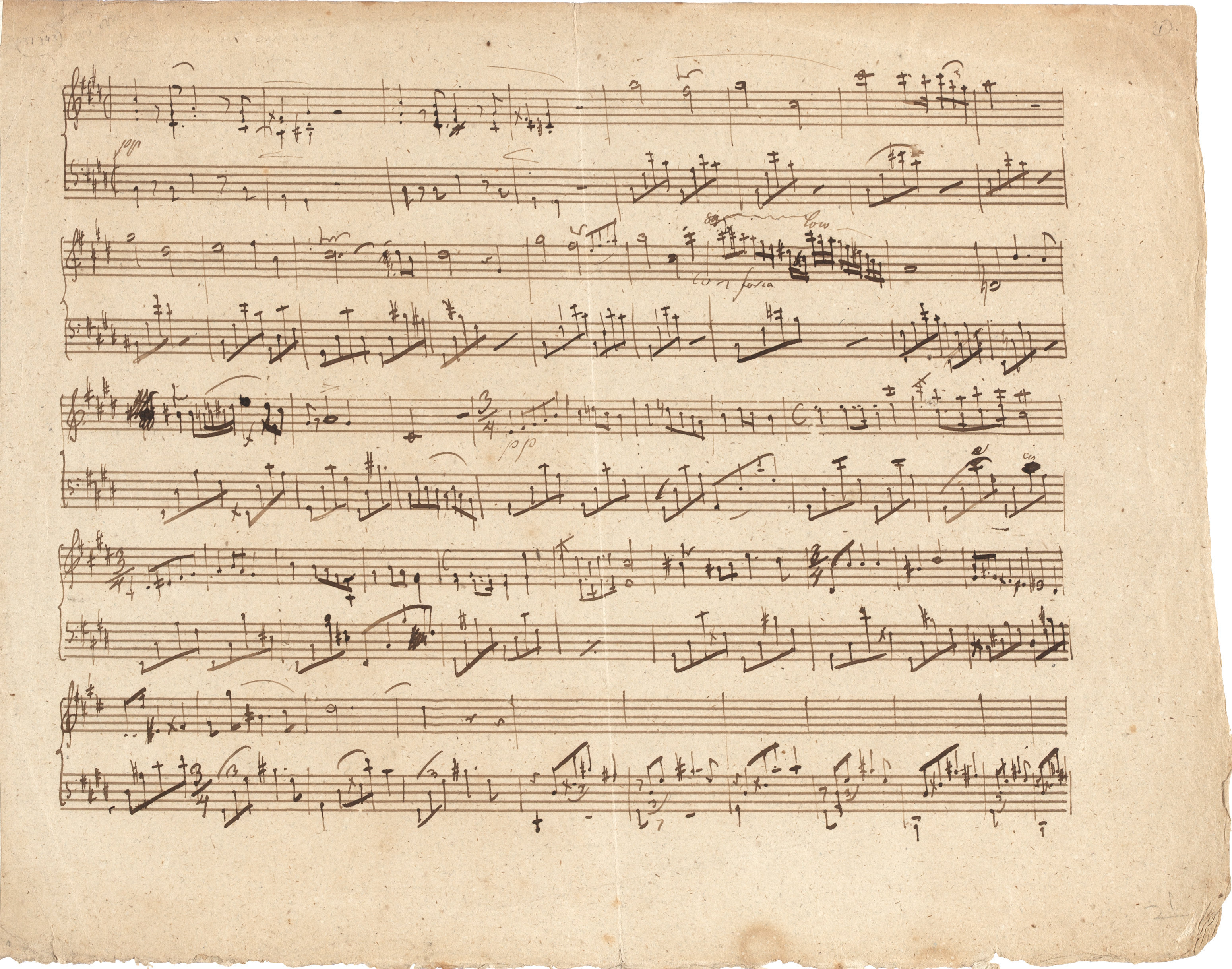



In CJ and CK the accent in b. 30 is clearly shorter than the mark in b. 29, hence we interpret them as a short and long accent, respectively. It is compliant with the harmonic and rhythmic context of the accented notes – e2 in b. 29 creates a tense delay, whereas d 2 in b. 30 is merely a dance syncopation. In CB and EL the mark in b. 29 was reproduced as a diminuendo hairpin; moreover, EL extended it so that it fills the entire 2nd half of the bar (cf. b. 23-24).
2 in b. 30 is merely a dance syncopation. In CB and EL the mark in b. 29 was reproduced as a diminuendo hairpin; moreover, EL extended it so that it fills the entire 2nd half of the bar (cf. b. 23-24).
Compare the passage in the sources »
category imprint: Graphic ambiguousness; Differences between sources
issues: Long accents, Scope of dynamic hairpins, Balakirev's revisions, Revisions in EL
notation: Articulation, Accents, Hairpins



 & > in
& > in 
 & > in
& > in 
